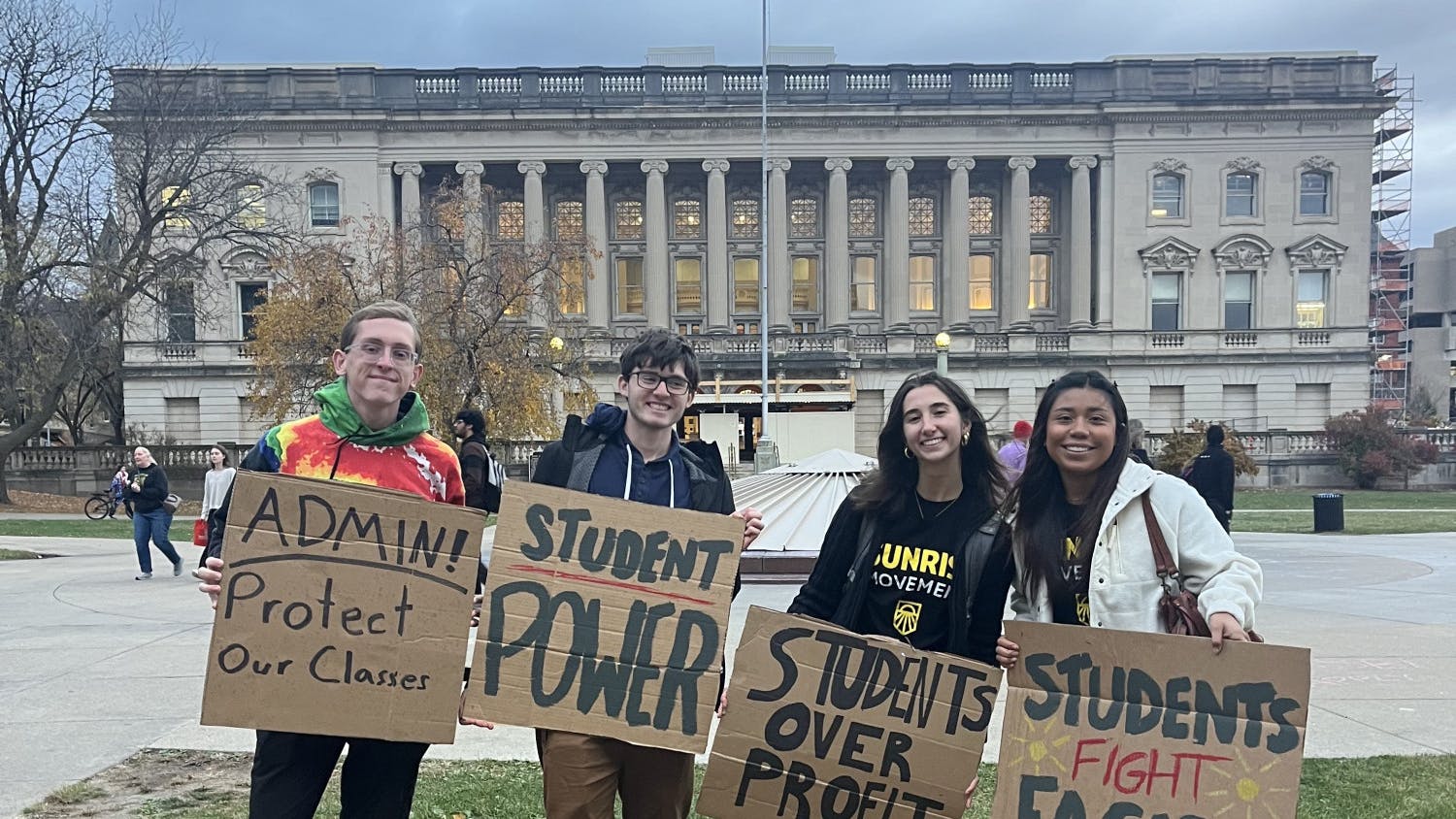American perspectives of Islam may be tainted due to a lack of exposure and an inability of U.S. media outlets to adopt a holistic approach of global coverage, experts say. According to the American Religious Identity Survey, there are an estimated 1.5 million practicing Muslims in the United States, dwarfed by the estimated 224 million practicing Christians, 38 million nonreligious or secular Americans and the four million practicing Judaism. This 1.5 million in the U.S. is miniscule compared to the one billion Muslims living in the world, according to polling data from Adherent.
Similar to Christianity and Judaism, Islam is a monotheistic religion centered on the belief in one God who, to them, is the master of everything.
The doctrine of Islam focuses on Muhammad, who Muslims believe is the last prophet and messenger of God.
UW-Madison anthropology and religious studies professor Flagg Miller said that misconceptions may come from a lack of firsthand experience with the religion.
'We get so much news about Islam through the media,' he said. 'We only understand Islam through the perspective, often, through stories from troubled parts of the world, and that's a major hurdle that Americans face.'
He said many people became interested in Islam after the attacks on Sept. 11, 2001 because they felt it was part of their lives in a close way.
'More people I think want to learn more about Islam and that's great,' he said. 'But at the same time they're interested in terrorism, and the two come together. So the more they ask about Islam, they also feel they're getting answers about terrorism, and that's misleading.'
UW-Madison journalism professor Dietram Scheufele said that since 9/11, polls have shown that Americans have a better view of Muslims than they did immediately after the attacks.
However, he said that an increase of in-depth coverage of all foreign nations is necessary.
'The only coverage we're getting about Islam is related to wars or when something is newsworthy to U.S. foreign policy, and that tends to be wars or military conflict,' he said. 'I think the two are being tied together.'
Retired UW-Madison Middle East history professor Kemal Karpat said the image of Islam portrayed in the media is a limited, narrow and one-sided picture.
He said that Muslim countries are the countries that feel the effects of terrorism the most.
'More lives were taken in Muslim countries by terrorists than in Europe,' Karpat said. 'Muslim countries are the ones fighting against terrorism, jailing terrorists, more so than the United States.'
Scheufele said this is a larger problem of foreign coverage in American media.
He said television coverage of the war in Iraq exemplifies, for some, what is going on in the Middle East.
'This is actually very atypical,' Scheufele said. '[The Middle East] is not a homogenous set of countries; these are very different countries with very different histories.'
He added that people could take the images of the war as a shortcut to understanding what the Middle East looks like, and a perception of how Muslim nations work.
Karpat said this attitude of connecting Islam to terrorism is offensive to a religion that prides itself on being a religion of peace and seeking harmony of all people.
Miller said he agreed with Scheufele that a more global and holistic view of Islamic nations could work towards mending these misconceptions.
'When people study Islamic countries, they tend to focus only on Islam,' he said. 'But what's behind, basically a greater understanding, is going to come by focusing on more than just Islam; for all aspects of life in Islamic countries.'
Miller recommends that students put themselves into more extended contact with people from Islamic countries and seek out alternative news directed towards diversity of opinion instead of large profits.
'It doesn't always boil down to Islam,' he said. 'And when we boil it all down to Islam, that's a big problem.'





